- With a tradition of excellence that has spanned more than 150 years, St. Vincent’s offers primary and preventive care as well as many of the finest specialty services in the city. With physicians and nurses at the top of their professions, we deliver the highest quality care.
School Highlights
St Paul's School of Nursing-Queens serves 1,152 students (100% of students are full-time).
The college's student:teacher ratio of 19:1 is higher than the state community college average of 13:1.
Minority enrollment is 92% of the student body (majority Black), which is more than the state average of 62%.
Quick Stats (2025)
- Enrollment: 1,152 students
- Private-state tuition: $21,697
- Acceptance Rate: 42%
- Student:teacher ratio: 19:1
- Minority enrollment: 92%
- Source: Integrated Postsecondary Education Data System (IPEDS)
School Overview
The teacher population of 60 teachers has stayed relatively flat over five years.
St Paul's School of Nursing-Queens
(NY) Community College Avg.
Carnegie Classification
Special Focus Two-Year: Health Professions
Baccalaureate/Associate's Colleges: Mixed Baccalaureate/Associate's
Institution Level
At least 2 but less than 4 years
At least 2 but less than 4 years
Institution Control
Private for-profit
Private not-for-profit
Total Faculty
60 staff
158 staff
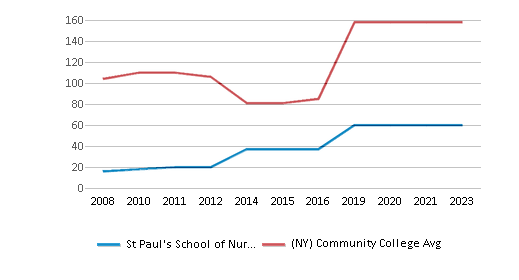
Student Body
The student population of St Paul's School of Nursing-Queens has grown by 94% over five years.
The student:teacher ratio of 19:1 has increased from 12:1 over five years.
The St Paul's School of Nursing-Queens diversity score of 0.75 is less than the state average of 0.76. The school's diversity has declined by 5% over five years.
Total Enrollment
1,152 students
746 students
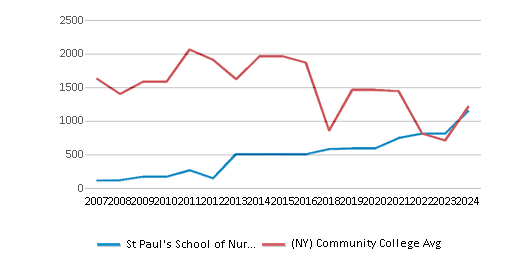
Student : Teacher Ratio
19:1
13:1
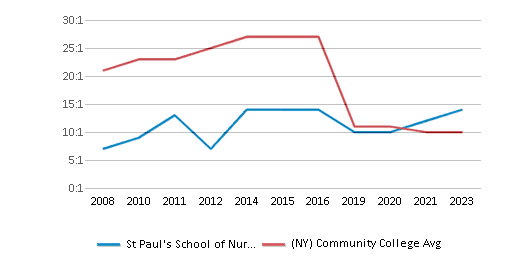
# Full-Time Students
1,152 students
519 students
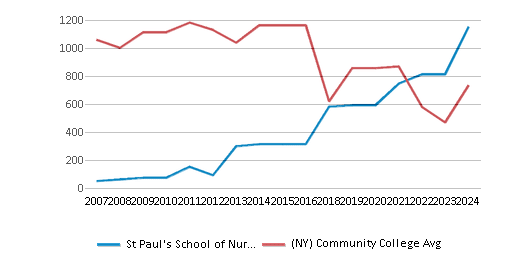
# Part-Time Students
189 students
514 students
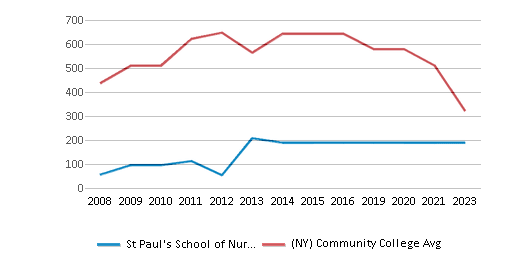
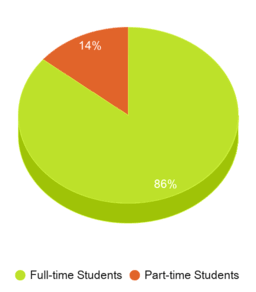
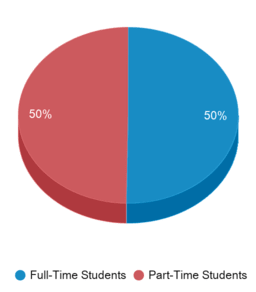
# Enrollment Undergraduate
115 students
357 students
# Full-Time Undergraduate Students
1,152 students
502 students
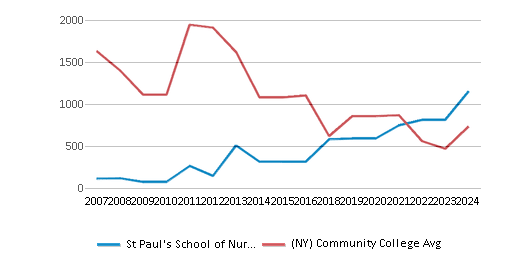
# Full-Time Graduate Students
n/a
44 students
# Part-Time Undergraduate Students
189 students
528 students
# Part-Time Graduate Students
n/a
41 students
Total Dormitory Capacity
n/a
382 students
% American Indian/Alaskan
1%
n/a
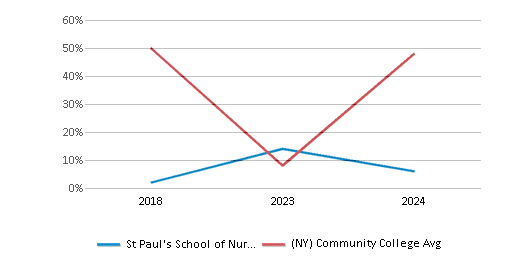
% Asian
14%
8%

% Hispanic
22%
23%
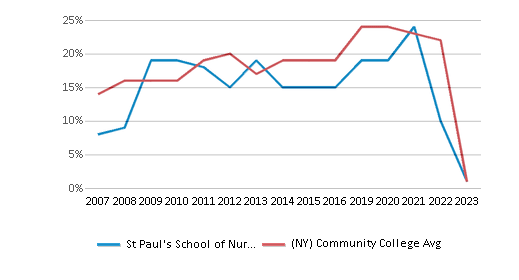
% Black
41%
18%

% White
8%
38%
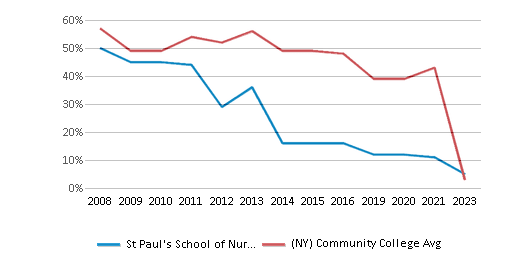
% Hawaiian
n/a
2%

% Two or more races
5%
3%
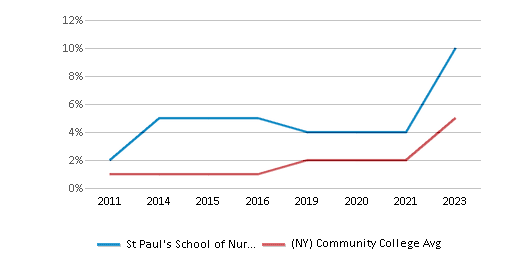
% Non Resident races
n/a
3%
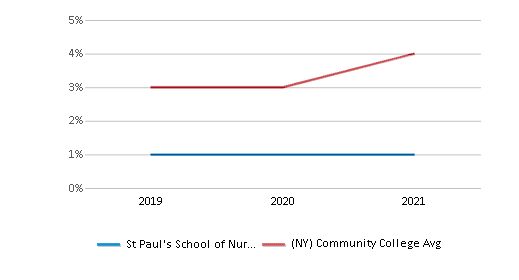
% Unknown races
8%
5%

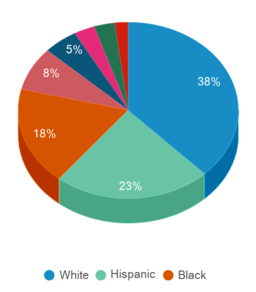
Diversity Score
0.75
0.76
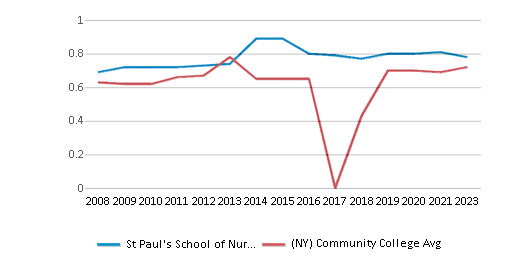
College Completion Rate (Students who graduate in less than 4 years)
0.6667%
0.3518%
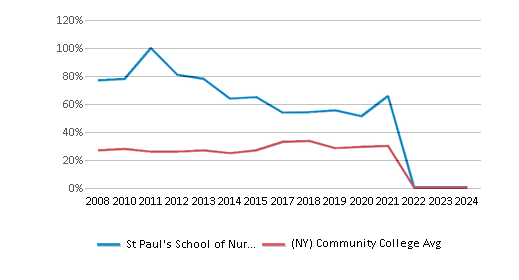
College Completion Rate (Students who graduate in 4 years or more than 4 years)
n/a
0.3957%
Average Graduate Earnings (10 Years)
$78,300
$35,200
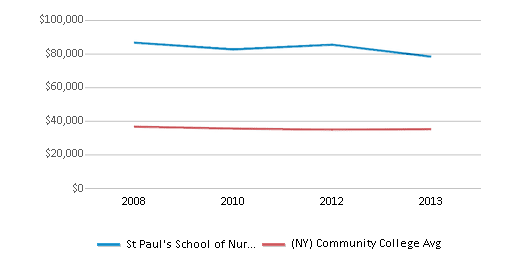
Tuition and Acceptance Rate
The private state tuition of $21,697 is more than the state average of $16,426. The private state tuition has stayed relatively flat over four years.
Private State Tuition Fees
$21,697
$16,426
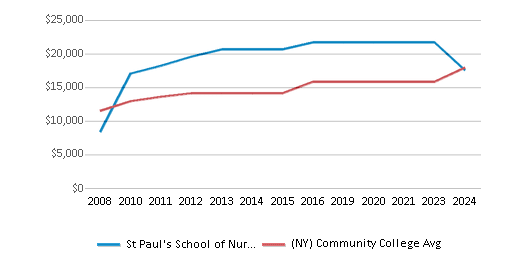
% Students Receiving Some Financial Aid
92%
88%
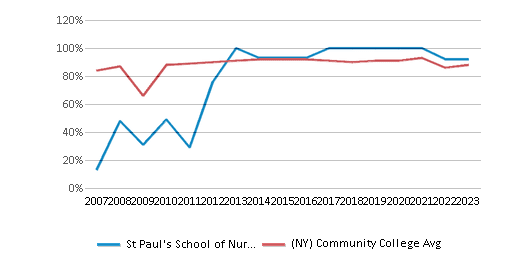
Median Debt for Graduates
$24,026
$13,841
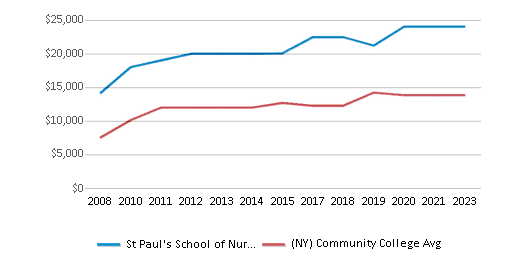
Median Debt for Dropouts
$9,500
$5,500
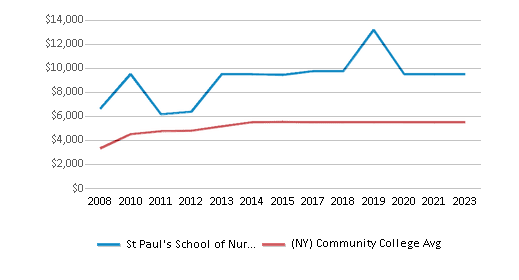
Acceptance Rate
42%
61%
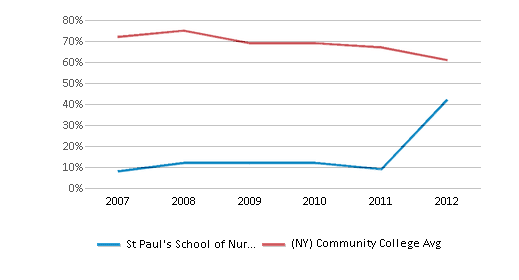
SAT Reading
n/a
475
SAT Math
n/a
505
SAT Writing
n/a
485
ACT Composite
n/a
20
ACT English
n/a
18
ACT Math
n/a
20
Source: 2024 (or latest year available) Integrated Postsecondary Education Data System (IPEDS)
School Notes
- Saint Vincent Catholic Medical Centers (SVCMC) is one of the New York metropolitan area's most comprehensive health care systems, serving nearly 600,000 people annually. SVCMC was established in 2000 as a result of the merger of Catholic Medical Centers of Brooklyn and Queens, Saint Vincent Hospital and Medical Center of New York and Sisters of Charity Healthcare on Staten Island. Sponsored by the Roman Catholic Bishop of Brooklyn and the president of the Sisters of Charity of New York, SVCMC serves as the academic medical center of New York Medical College in New York City. SVCMC operates six hospitals, four skilled nursing facilities, a system-wide home care agency and a hospice. Our more than 20 ambulatory care sites provide a broad array of medical, psychiatric and substance abuse services. In 2003, St. Clare's Hospital, now St. Vincent's Midtown Hospital, became affiliated with the healthcare system. Over 2,500 physicians have chosen to affiliate with SVCMC, which offers the full range of medical and surgical care. Clinical trials and research help us provide the latest treatments in all specialties. Our system's mission -- to treat with respect, integrity compassion and excellence -- is combined with an emphasis on technology and quality. Wherever you live or work in the New York metropolitan area, Saint Vincent Catholic Medical Centers can help you and your family with your health care needs. St. John's Queens Hospital has been serving the communities of Elmhurst, Forest Hills, Jackson Heights and West and Southwest Queens with distinction for more than a century. Some of the finest physicians, nurses and allied health professionals in the area have chosen to affiliate with us.
Frequently Asked Questions
How much does St Paul's School of Nursing-Queens cost?
St Paul's School of Nursing-Queens's private state tuition is approximately $21,697.
What is the acceptance rate of St Paul's School of Nursing-Queens?
The acceptance rate of St Paul's School of Nursing-Queens is 42%, which is lower than the state average of 61%.
Recent Articles

Obtaining Your Bachelor's Degree at a Community College
Explore the evolving landscape of community colleges offering bachelor's degrees, addressing affordability, accessibility, and workforce needs.

A to Z of Community College Certificates and Courses
From business and healthcare to technology and skilled trades, the article showcases the breadth of options available to students seeking to enhance their knowledge, develop new skills, or pursue career advancement.

What is a Community College?
This comprehensive guide explains what a community college is, its history, and its role in higher education. It covers the types of programs offered, differences from four-year colleges, benefits of attending, and important considerations for prospective students, providing valuable insights for those exploring educational options.






